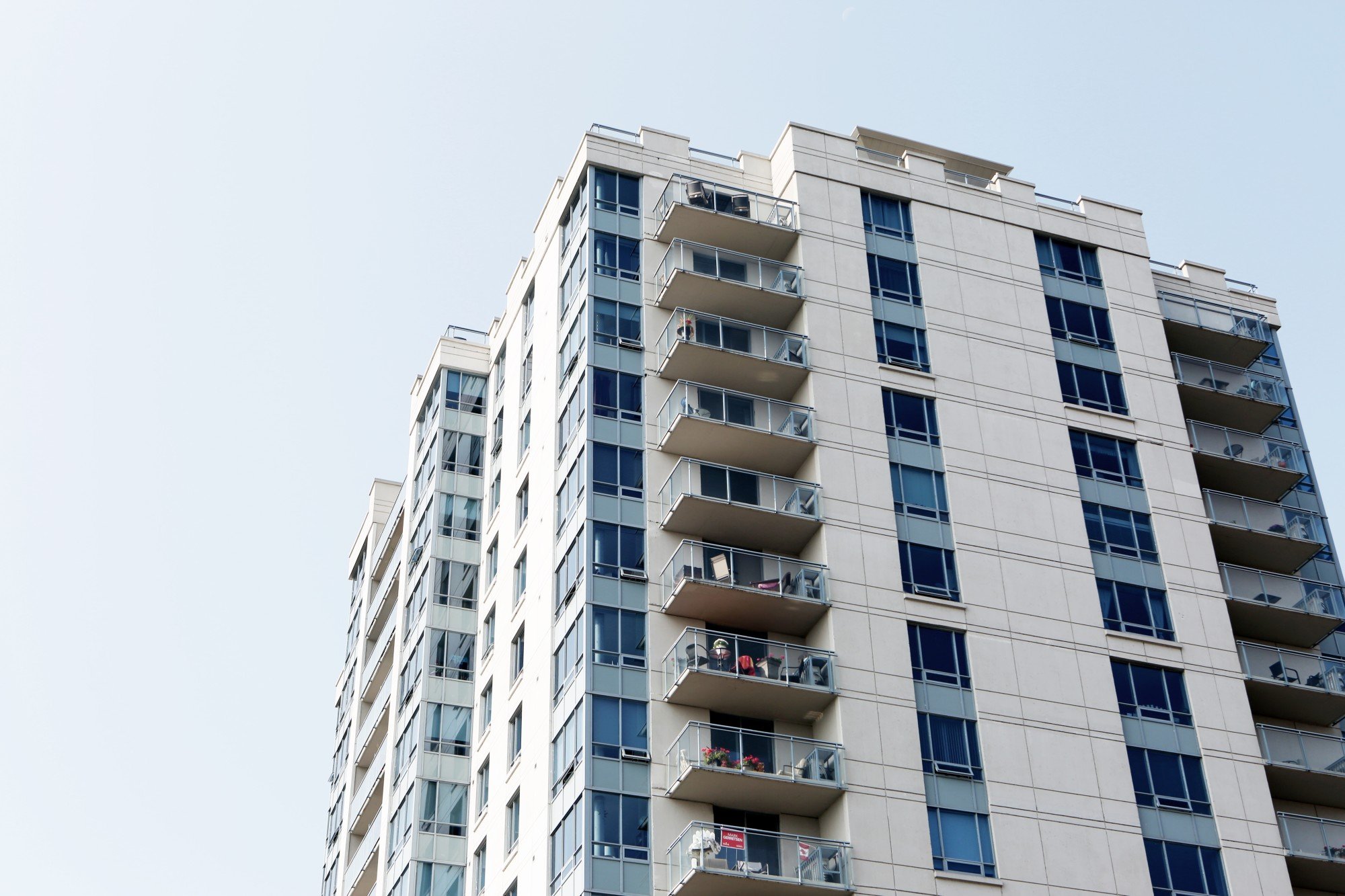Information About Condominiums

Condominiums, also known as housing complexes, are increasingly becoming more popular in the United States as people seek affordable residential options. A condominium, like a traditional apartment, is a kind of living area comparable to an apartment complex but privately owned and usually sold commercially so considered as real estate on par with residential real estate. The condominium structure consists of a number of individually owned units, often surrounded by publicly owned common spaces, which are collectively owned by the condo association. As opposed to a traditional apartment building, the ownership rights are restricted to a fixed number of owners. The units, though are usually smaller than traditional apartments, provide the same privacy and space for individual use.
In some cases, condominiums consist of both townhouses and condos and in other cases one type of condominium complex may contain both condos and townhouses. One example is the duplex community, also known as a freehold community or a freehold condominium complex. Under this classification, all units are sold together and are individually owned by their owners. This is an example of a mixed type of community.
Like townhouses and condos, condominiums can be bought and sold individually, via open market, or under a master lease. Many people choose to buy symphony tower condominiums rather than buying individual units because they require less rental input and can be leased out to tenants. For this reason, many condos are managed by a leasing agent or owner operator who handles day-to-day operations, sometimes for a fee. In many cases, such condominium owners may live in the unit for a longer period of time than their co-owners would.
Condominiums come with many of the same facilities and amenities as townhouses. These include common areas, lobbies, elevators, parking, tennis courts, pools, elevators, common area patios and views. However, many condominiums have special common areas like the lobbies that feature amenities like fireplaces, walk-in-go golfing, elevators to the second floor and private sun decks. Condominiums that consist of townhouses often have common areas such as the kitchen and pool areas that offer views of the street and are generally not heated or air-conditioned.
Condominiums can vary greatly in size and floor plan. Most have one or two-story common areas and one or two levels of single-family units. Some examples of single-family buildings are homes in the affluent suburbs like Riverwoods or developments in historic neighborhoods like those in older New York City neighborhoods like the Upper East Side, or brownstones in Brooklyn's hip East Village. Condominiums are not to be confused with housing projects. Single-family communities are built in predetermined locations and are designed to provide great neighborhoods with excellent schools, shopping centers, parks and other common areas. See page and read more here about condominiums.
Condominiums are not owned by the individuals renting their units, but rather by the Condominium associations that own the land. When a resident decides to rent out his or her unit, he or she will receive a letter from the Condominium association informing him or her of any problems or concerns that may arise. In most cases, this type of notice is a legal requirement for any landlord to do business with his or her tenant. In fact, in many states it is the sole way that a landlord can recoup damages for a tenant's violation of the lease. Visit this page for more detailed information about condominium: https://www.britannica.com/topic/condominium-building.
